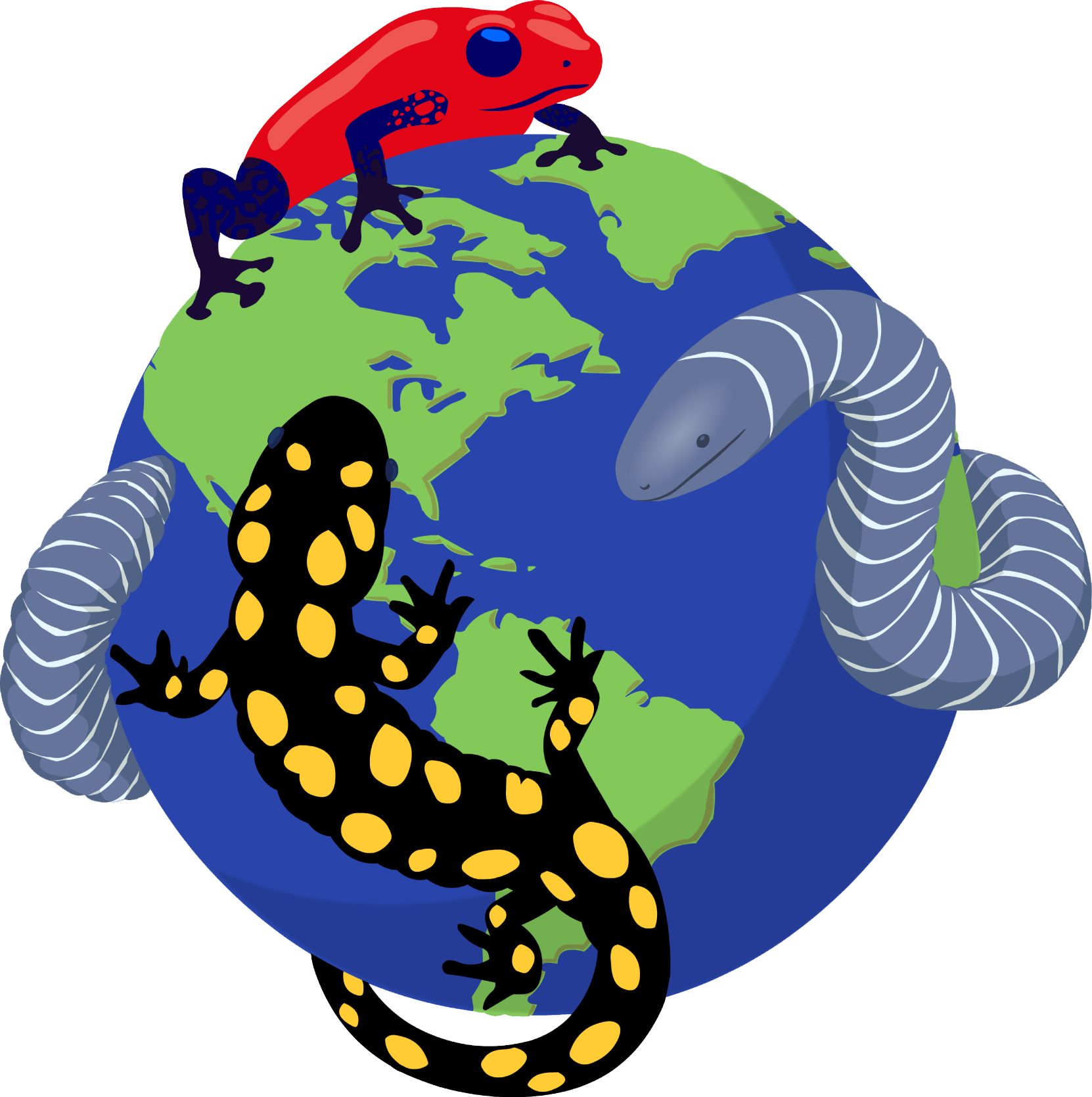|
Pristimantis cerasinus (Cope, 1875)
| family: Strabomantidae genus: Pristimantis |
 © 2009 Twan Leenders (1 of 10) |
|
|
|
Distribution and Habitat Country distribution from AmphibiaWeb's database: Costa Rica, Honduras, Nicaragua, Panama
Species Account Citation: AmphibiaWeb 2010 Pristimantis cerasinus <https://amphibiaweb.org/species/2839> University of California, Berkeley, CA, USA. Accessed May 31, 2025.
Feedback or comments about this page.
Citation: AmphibiaWeb. 2025. <https://amphibiaweb.org> University of California, Berkeley, CA, USA. Accessed 31 May 2025. AmphibiaWeb's policy on data use. |




 Map of Life
Map of Life